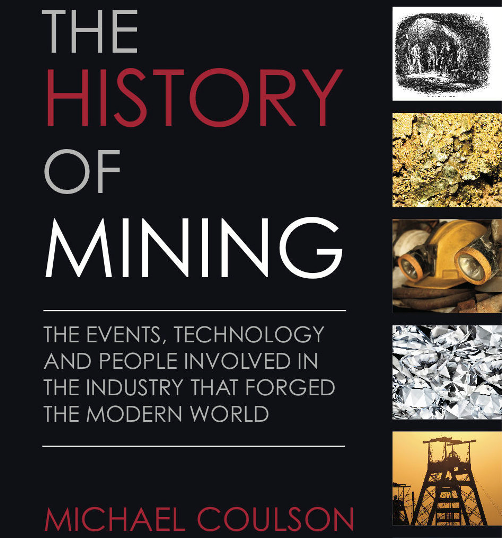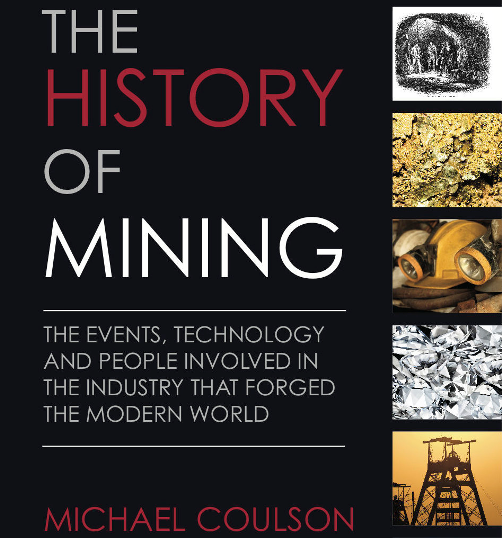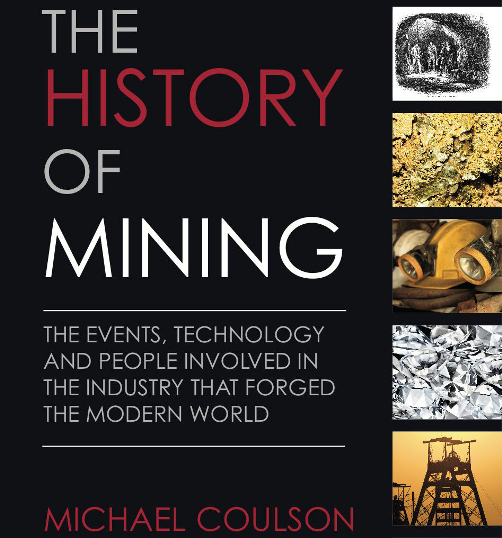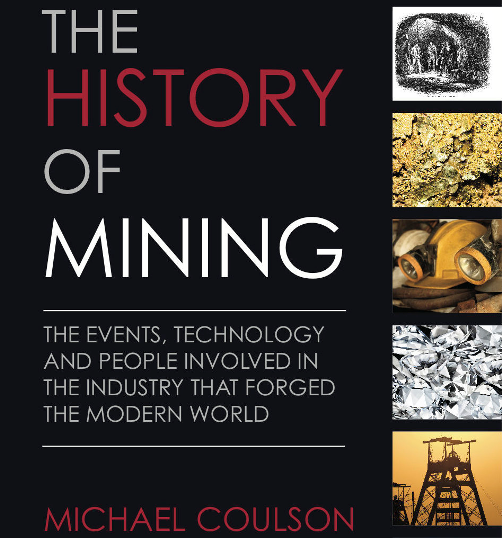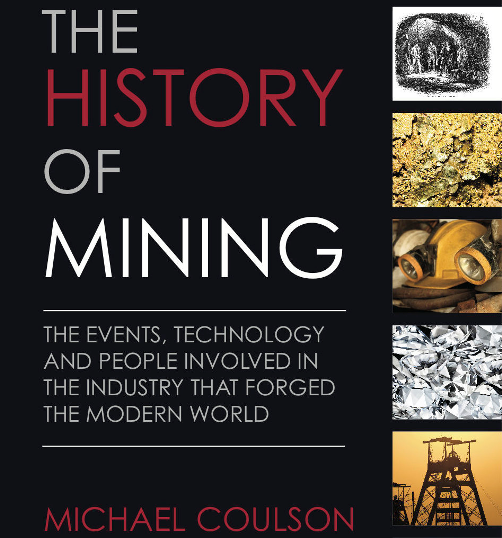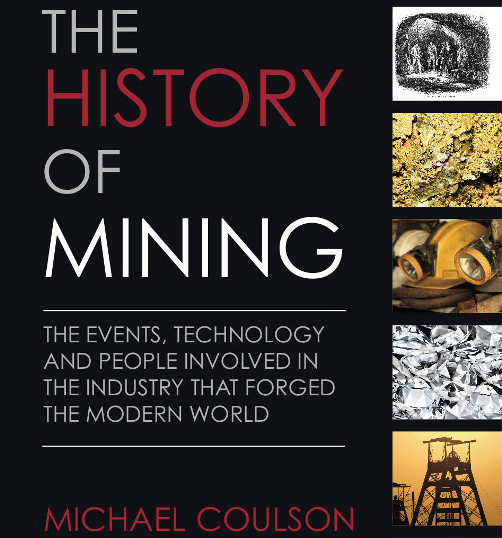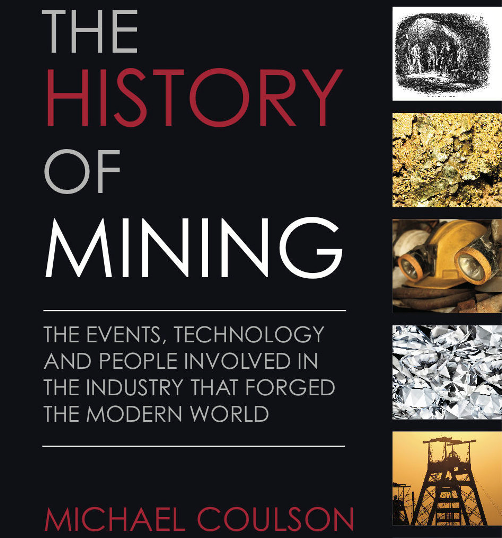
To order a copy of The History of Mining please click here: http://www.harriman-house.com/products/books/23161/business/Michael-Coulson/The-History-of-Mining/
JOHN NORTH (1842-1896) Chile’s Nitrates King
John Thomas North was known as the nitrates king as a result of his dominance of Chile’s nitrates industry in the latter part of the 19th century and his web of listed nitrates companies in London. He was also an active promoter and owner of coal mines in Chile and the UK and gold mines in Australia.
The son of a prosperous coal merchant, North was born in Holbeck, near Leeds in Yorkshire, in the north of England, in 1842. He served an apprenticeship in a local engineering firm, Fowler & Co, and then went out to southern Peru in 1869 where he installed machinery to treat nitrates. At the time nitrates – nitrogen rich salts – were beginning to be the fertiliser of choice for farmers, and Peru and Bolivia had the largest reserves of the mineral.
In 1879 the War of the Pacific broke out between Chile and Peru and Bolivia and as a result there was concern for the nitrate fields in southern Peru. One of the main problems was that the Peruvian government had issued government nitrate bonds in 1875 in an attempt to nationalise the largely British and Chilean owned nitrate deposits in Peru. With the outbreak of war the value of the bonds plunged and North, who had by then established his own nitrate works and invested in a water company which supplied the desert-located nitrate fields, began to purchase these nitrate bonds at less than 15% of face value.
























